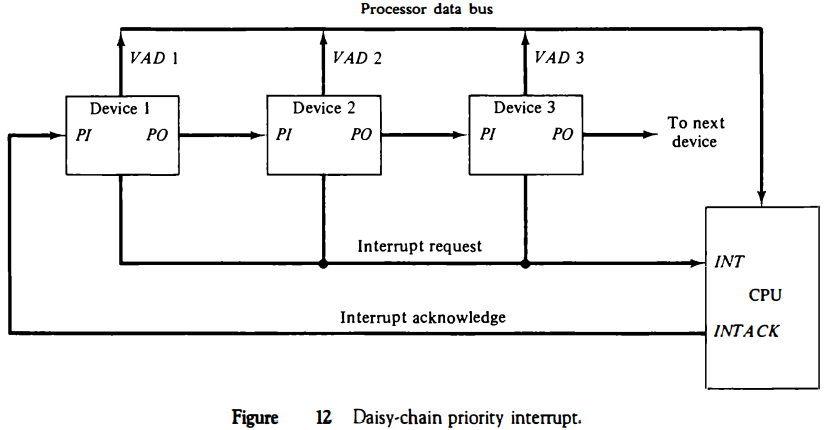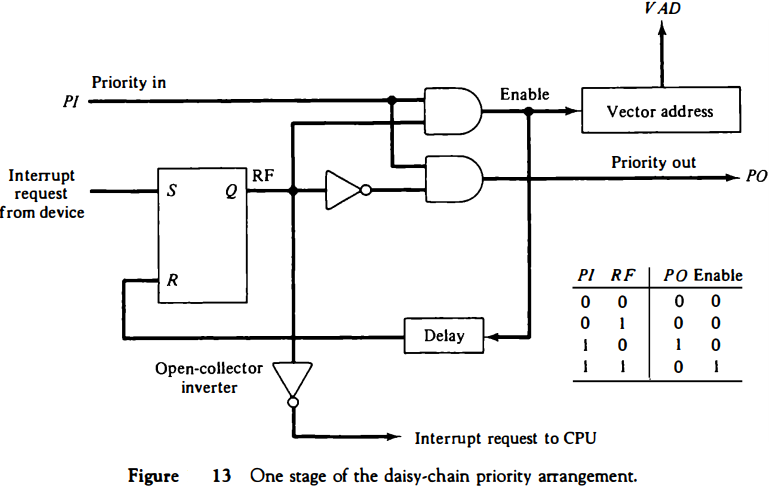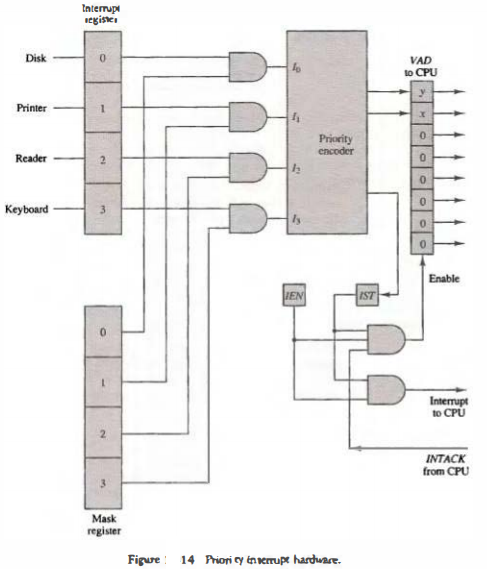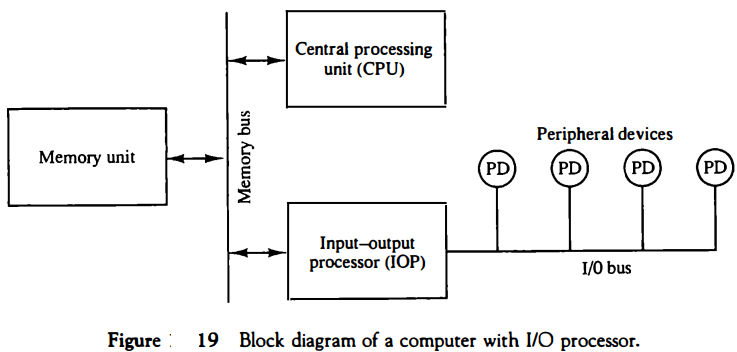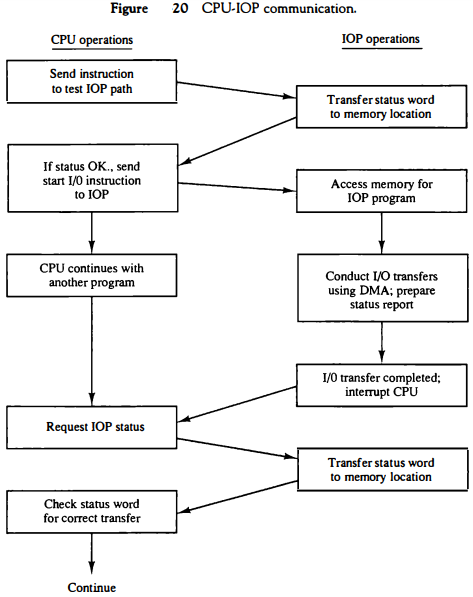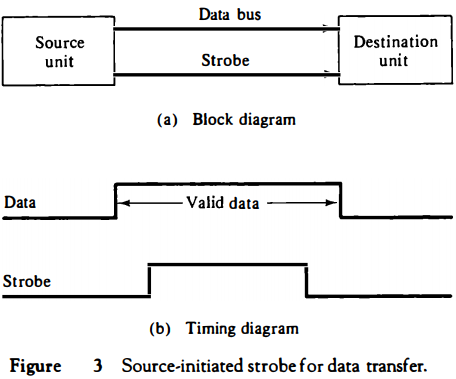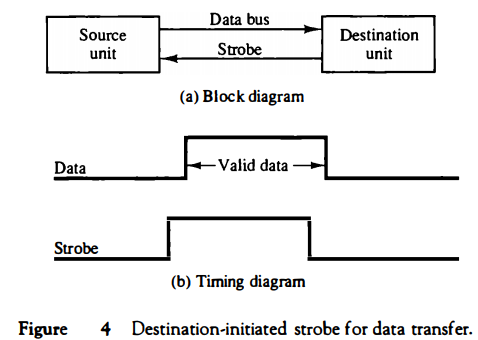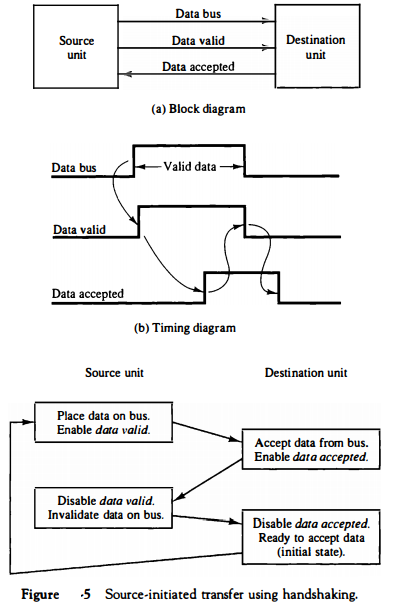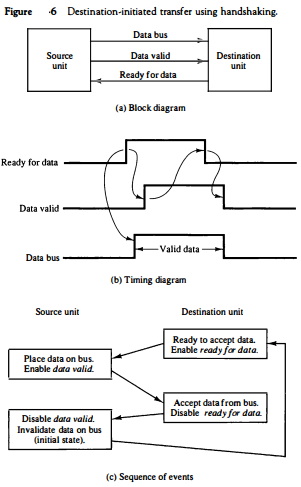Q. What is the content of self-exploration?
Ans: Content of self-exploration can be visualized in terms of finding answer to the following fundamental question for all human beings:
- What are his/her basic aspirations?
- What is the process to fulfill this basic aspiration?
This is what any human being would like to know and work towards its actualization in life and if you have the answer for these two questions, there is no other question that remains to be answered.
Q. Define sensations?
Ans: A perception associated with stimulation of a sense organ or with a specific body condition is known as sensation. For example, the sensation of heat. In other words, it is a term commonly used to refer to the subjective experience resulting from stimulation of a sense organ, for instance, a sensation of warm, sour, or green. Suppose we had seen the bike and not associated it with ‘greatness’; rather we only liked the way it ‘looked’ – then this is based on the sensation.
Q. What do you mean by Imagination? OR What is Imagination?
ANS. The activities of desire, thoughts and expectation at the level of self, are collectively called as imagination.
Imagination = Desires + Thoughts + Expectations
We all imagine, and most of our activities (in the self) today can be mostly clubbed into imagination. This activity of imagination in ‘I’ is continuous and not temporary. The power may change but the activity is continuous. The object of the taste may change but the activity of selecting/tasting is continuous. Also what we analyze may keep changing the activity of analyzing is continuous. We make choices with the external world based on our imagination today.
Q. What are preconditioning?
Ans: Preconditioning means the condition developed by beliefs (manyatas). To day we are not oriented enough to evaluate our belief and we treat them as our personal domain. When these come in conflict, we try hard to search out justification and make all effort to defend our own preconditioning. Since we do not verify within ourselves, we continue to live with a set of preconditioning which may or may not be true. We have to start verifying our preconditioning on the basis of our natural acceptance, as living on the basis of natural acceptance make us more authentic.
Q. List the down the values in human relationship
Ans: Relationship is between the self (I) and the other self (I). There are nine feelings (values), or expectation of feelings (values), in relationship: of oneself (I) for the other self (I). These feelings (values) can be recognized: they are definite (9 Feelings), their fulfilment and evaluation leads to mutual happiness.
Trust | Respect | Affection |
Care | Guidance | Reverence |
Glory | Gratitude | Love |
Q. Define trust. How is ‘trust’ the foundation value of relationships?
or
What do you understand by ‘trust’? What is its importance in human relationship? (UPTU 2011–12)
Ans: Trust or vishwas is the foundational value in relationship. “To be assured that each human being inherently wants oneself and the other to be happy and prosperous” is known as trust. Having faith in others and believing them. Trust is the expectation of people that they can rely on our word. It is built through integrity and consistency in relationships. To keep the trust on ourself and others, we have to pay attention on the intensions and to understand if we or the other person is not able to do benefit, it is because we are lacking competence. Trust is the result of right understanding of the intention of all the human beings around us. This trust helps to improve our competence in others and in ourselves.
Q. Explain the feeling of ‘respect’
Ans: Respect means individuality. The sense of individuality is prime object. This is the first basic step towards respect (sammana). Once we realized that we are individual then only we can see ourself different from others. In other words, respect means right evaluation, to be evaluated as I am.
Q. Define ‘affection’.
or
How does affection lead to harmony in the family?
Ans: Affection is the feeling of being related to the other. Affection comes when I recognize that we both want to make each other happy and both of us are similar. Then for the first time, I feel that I am related to the other that the other is a relative of mine. This feeling is called affection. The feeling of affection comes only if trust and respect are already ensured. Without trust and respect, we feel the other is trying to make us unhappy, does not wish well for us and hence we can never feel affection for him/her. We always see the other as being in opposition.
Q. Explain the feeling of ‘care’
Ans: The feeling of care is the feeling to nurture and protect the body of our relative. Or in other words a state of mind in which one is troubled; worry, anxiety, or concern is called care. Care is level of active concern, or lack of negligence, towards avoidance of possible dangers, mistakes, pitfalls, and risks, demanded of a party as a duty or legal obligation. We understand a human being as a coexistence of the self (‘I’) and the body, and the body is an instrument of ‘I’. Based on this understanding, we take the responsibility of nurturing and protecting the body of our relatives.
Q. Explain the feeling of ‘guidance’
Ans: The feeling of ensuring right understanding and feelings in the other (my relative) is called guidance. We understand the need of self (‘I’) for right understanding and feelings. We also understand that the other is similar to me in his/her faculty of natural acceptance, desire of wanting continuous happiness and the program of living in harmony at all the four levels. The other is also similar to me in the potential of desire, thoughts and expectation.
Q. Explain the feeling of ‘reverence’
Ans: The feeling of acceptance of excellence in the other is called reverence. We understand that we aspire for continuous happiness and to realize it, we have to understand harmony at all the levels of our living, and live accordingly. When we see that the other has achieved this excellence- which means to understand and to live in harmony at all the levels of living ensuring continuity of happiness, we have a feeling of reverence for him/her. This feeling of accepting the excellence in the other is called reverence.
Q. What do you mean by ‘glory’?
Ans: Glory is the feeling for someone who has made efforts for excellence. We find that there have been people in the history, or even around us, who are investing their time, energy and their belongings to achieve excellence (to understand and to live in harmony at all levels of living ensuring continuity of happiness), to make others excellent. This gives us a feeling of glory for them.
Q. Explain the feeling of ‘gratitude’
Ans: Gratitude is the feeling of acceptance for those who have made efforts for my excellence. Gratitude is an emotion that occurs after people receive help, depending on how they interpret the situation. Specifically, gratitude is experienced if people perceive the help they receive as (a) valuable to them, (b) costly to their benefactor, and (c) given by the benefactor with benevolent intentions.
Q. How the value in relationship is fulfilled?
Ans: Justice is the recognition of values (the definite feelings) in relationship, their fulfilment, the right evaluation of the fulfilment resulting in mutual happiness. Once we have recognized the existence of human relationship, we are subsequently able to identify the feelings (values). When we work and behave according to these feelings, it leads to fulfilment of both sides in the relationship i.e. it leads to mutual fulfilment.
Thus there are four elements of ensuring values in relationship: recognition of values, fulfilment, evaluation and mutual happiness ensured. When all the four are ensured justice is ensured.
Q. Suggest any two programs that you can undertake to improve the health of your body.
Ans: To ensure the health of the body, we need to undertake the following programs: (any two)
1. Proper upkeep of the body: When we work body gets tired. When we take rest body becomes fit to work. So we need to ensure proper time, posture and ways to work and to rest. These issues are included in the upkeep of the body.
2. Physical labour and exercise: requisite amount of physical labour and exercise are essential to keep the body healthy. Labour means employing the body physically for production and maintenance of physical facilities.
3. Asan-Pranayam: Yogasana and Pranayama are well-designed exercise to keep the body healthy and to ensure the synergy between self and the body. These exercises involve specific postures and regulations of breathing.
Q. What can be the basis of undivided society- the world family?
Ans: The feelings of being related to every human being leads to our participation in an undivided society. By living in relationship in the family, we get the occasion to gain the assurance that the other person is an aid to me and not a hindrance. The family is a laboratory of sorts, in which we live our understanding and relationship. With the understanding of values in human relationship, we are able to recognize the connectedness with every individual correctly and fulfil it. On getting assured, it becomes easy to see that society is an extension of family and that it is possible to live in harmony with every human being- thus laying the foundation for an undivided society- from family to world family.
Q. Human being is more than Body. Justify
Ans: When we refer to someone as Human beings, we find there is a familiar shape and structure of human body-like features. The body is wonderfully made, like a complex, perfect machine that has increasingly complex levels of organization progressing from cell to tissues to organs to organ systems and finally to organism. But in addition to the body, we are also aware of the aliveness of the person- the entities that keep the body alive and make it operate in various ways. We perceive this aliveness in the activity demonstrated by the person like their seeing, talking, listening, walking, eating, etc. On a deeper examination of the aliveness, we sense the subtler activities of the person – the person’s feelings, thinking, believing etc. It is impossible to imagine a human being – a person that is alive- without these two aspects namely the body and the aliveness, called I. Thus human being is a co-existence of Body and I.
Those who do not believe that human being is more than Body, will be required to explain why sudden shocking news will destroy the appetite completely also why a vivid description of the most luscious eatables will make anybody hungry, even within an hour after a hearty meal. The other example include, we do not say my legs started walking by themselves! We say, I decided to walk i.e. the decision to walk is taken by I and not the legs which is part of the body.
Q. What are the implications of value based living at all four levels of living? Explain.
Ans: The implication of value based living can be studied in the following terms:
1. At the level of the individual: Transition towards happiness and prosperity will take place at the individual level. It will instill self confidence, spontaneous joyfulness, peace, contentment and bliss in the self and also perseverance, bravery and generosity in living of the individual.
2. At the level of the family: Mutual fulfillment in relationships, prosperity in the family, s
Q. What exactly is implied by the term- ‘nature’? Explain. OR Define nature.
Ans: All the physical objects that are in solid, liquid or gas state either living or nonliving, collectively termed as nature. In other words, the aggregate of all the mutually interacting units – big or small, sentient or insentient together can be called nature. These units are infinite in number and we could easily observe that there exists a dynamic balance, self-regulation among all these units. There are four orders of nature:
• Material order • Pranic order
• Animal order • Human order
Q. "As the seed, thus the plant". Explain.
Ans: As the seed, thus the plant, it means in plant order there is a seed conformance. The plant grown from a seed will have the same qualities that were present in the seed. A neem seed will always sprout a neem plant. All of us know this. Its fruits, its leaves, the taste of the leaves, the colour of the leaves, all this information, this basic information of every neem plant is stored in the seed. Thus, we say the plant is always as the seed, or we can say, ‘as the seed, thus the plant’. Hence, we say that a plant conforms to the seed, or has ‘seed comformance’. This ‘seed comformance’ method is the mechanism by means of which the continuity of a plant species is maintained in nature/existence.
Q. What do you understand by competence in professional ethics? Give two examples of its implications in industry.
Ans: Competence in professional ethics is the ability to work at an occupation in a manner as defined by professional ethical codes of conduct. This generally involves knowing when to apply and when to forbear from applying knowledge, based on ethical principles: what is ‘right’ and not ‘right’ taking into account client needs as well as what is morally correct and sensitive to the situation of clients and other stakeholders.
Developing ethical competence or the value competence of an individual is the only effective way to ensure professional ethics. In absence of such a competence, administering oaths and prescribing codes of conduct etc. become mere formalities.
The salient features characterizing the competence in profession are:
Ø Clarity about the comprehensive human goal.
Ø Confidences in oneself as well as confidence in harmony.
Ø Competence of mutually fulfilling behaviour.
Ø Competence of mutually enriching interaction with nature.
Ø Competence of actualizing one’s understanding in real life.
The issues of competence in professional ethics are becoming very complex in current scenario particularly in Industry. The two burning example in this regard are:
1. We are frequently coming across serious scams, major economic offences and kickback in large scale purchases, manifesting in the form of ‘Hawala’ or ‘Benami Transaction’. In turn leading to a parallel black market economy.
2. The other most common violation of ethical practices in finance related profession is insider trading, stakeholder interest vs. stockholder interest.
Q. What do you understand by Holistic Technology? Briefly explain.
Ans: The modern technology and systems are all human inventions in response to the needs visualized under the influence of prevailing worldview. In order to facilitate the development of holistic technologies and systems, it will be necessary to visualize alternative objective functions and to formulate appropriate criteria for evaluation compatible with comprehensive human goal
Generally speaking, there are three broad criteria to guide the development of such technologies and systems, viz.
v Catering to appropriate needs and lifestyles
v People friendly
v Eco-friendly
In addition, these have to promote local self-sufficiency and optimal utilization of local resources and expertise. Development of these technologies will provide- a model of living which is inherently conducive to the needs of all human beings and also compatible with the nature. The development of such system and devices requires right understanding and a close scrutiny of the system and processes of nature, as these are basically holistic, time tested and self regulated. Further, it will also require a careful learning from some of the traditional practices, critically examining them so that we are able to identify their strength and desirable features and retain them while evolving technologies and system for our present need. Only then we can appropriately harness the store house of traditional wisdom along with the present day knowledge of science and technology.
Q. What is the responsibility of the Self towards the Body? How is it fulfilled?
Ans: The human body is a self-organized and highly sophisticated mechanism. We observe that the body is made up of several organs and glands and the different part of the body keep working in a close coordination. Close observation of the body reveals that each cell is self-organized and participating in the self-organization of the body as whole. All this activity keeps the body fit for the use of self (I) so that self (I) and body may work in synergy as human being. The responsibility of self (I) towards the body is in the form of feelings of Sanyama (self-regulation) on the part of self (I) which in turn ensures Swasthya (Health) of the body. Sanyama (self-regulation) is the feeling of responsibility in the self (I) for nurturing, protection and right utilization of the Body.
This is fulfilled by the realization of the fact that body is my instrument and that the body needs to be given nutrition, protected from the environment and utilize to work as an efficient and effective tool for the right purpose, I become responsible to the body. This sense of responsibility flows naturally and does not have to be imposed. Thus there is no feeling of control or imposition, but a feeling of responsibility that is regulating the way we take care of and use our body. When I live with sanyama (self-regulation), there is harmony in among the different parts of the body and the body acts according to me as a useful instruments.
Q. What are the four orders in nature? How can the human order be responsible to the other three orders?
Ans: If you look around, everything that we see can be put into one of the following four orders:
v Material Order – e.g. soil, water, air, etc.
v Plant/ Bio Order – e.g. grass, plants, trees, flowers, fruits, etc.
v Animal Order – e.g. animal, birds, etc.
v Human Order – Human being
Each one of us can recognize all these four orders around ourselves and see that together these four orders comprise of all the units that we see and understand around us
On close inspection of these orders, we can easily see that except human order, the first three orders are interconnected. The relationship between the first three orders is in such a way that they all fulfill each other and coexist with each other.
On looking at the connectedness with human beings, we find that:
v Each of these three orders is fulfilling to the human order
v Human natural acceptance to be mutually fulfilling these entities
However we are not able to ensure this mutual fulfillment. We are dependent on the material order for soil, minerals and metals but only end up polluting the soil and depleting the fossil fuel, metals, etc. We are dependent of animals to carry out our production and transportation activities, but also made many animal species extinct.
On the other hand, if we explore our natural acceptance, we find that we want to live harmoniously with nature. This is important for our own happiness. These relationships we need to be properly understand.
Q. Define ‘units’ and ‘space’.
Ans: There are two kinds of realities in existence: units and space. Unit is something that is limited in size. Like a small blade of human hair to the biggest planets we know of, they are all limited in size i.e. bounded on six sides. So all the things we have been studying so far: the human beings, animals, lumps of matter as well as various atoms and molecules, are all units. We can recognize them as such, they are countable. Whereas, space is not a unit but it exists, as a reality. We can’t touch it, smell it. We normally just see through it. It exists everywhere. In other words the empty area all around the nature is space.
Q. Explain energized and energy in equilibrium.
Ans: What we normally call or consider as energy today, is the ‘transfer of energy’. For example, when you place water in a vessel on the stove, we say the heat energy from the flame was transferred to the water in the vessel. Anything that is a unit, has activity, anything that has activity, is energized. All the particles in the water and the metal stove are active, very active and energized. Hence we don’t say that space is energized but we say ‘space is energy in equilibrium’ or it is ‘constant energy’. All units are energized in space. This energy is available to all units. In other words, space is equilibrium energy, all units are in space; all units are energized and active being in space.
Q. What is ethical human conduct?
or
How does right understanding provide the basis for ethical human conduct? Give two examples.
Ans: The right understanding gained through self-exploration enables us to identify the definitiveness of human conduct which may also be called the ethical human conduct. It is the same for all human beings.
So we are also able to understand the universality of ethical human conduct which is in consonance with the universal human values. Unless we have the right understanding, we are not able to identify the definitiveness of ethical human conduct.
Q. Define ethics.
or
What do you mean by ethics?
Ans: This definitiveness of human conduct in terms of values, policies and character is termed as ethics. The ethics in the living of an individual can be imbibed only through inculcation of values, policies and character, and this is possible through the process of ensuring right understanding through self-exploration. In other words ethics (also known as moral philosophy) is a branch of philosophy that addresses questions about morality – that is, concepts such as good vs. bad, noble vs. ignoble, right vs. wrong, and matters of justice, love, peace and virtue.
